I just started using Pulumi and I checked a lot of docs, a lot of repos and just can't find how can I get the PR (Pull Request) number to be used.
I know that Pulumi generates an Environment variable/output/config named ci.pr.number.
I would like to use that number to create an Azure Resource Group like rg-{appname}-{environment}-{pr number}. For example, rg-myapp-dev-022.
Last attempt was this one:
var config = new Pulumi.Config();
var prNumber = config.Require("ci.pr.number");
Thanks in advance!
PS: I am using GitHub Actions to run Pulumi.
